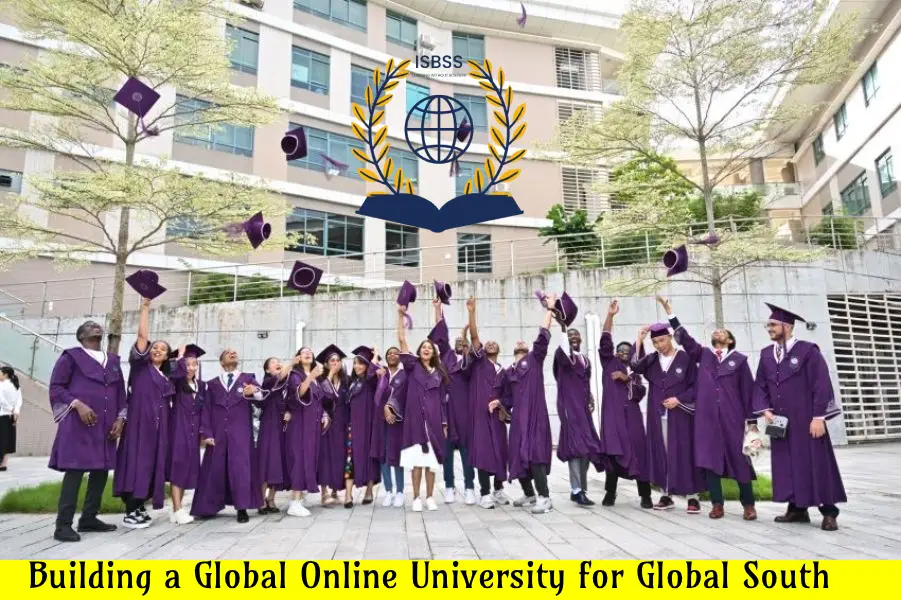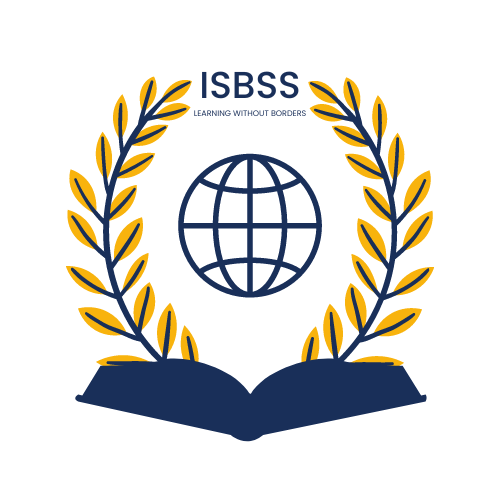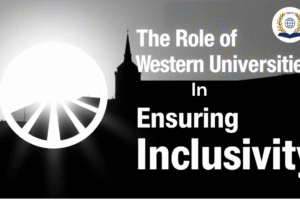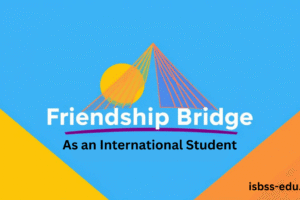
Building a Global Online University for Global South | Future of Global Education
The future of education is digital, but is it truly for everyone? While global online universities have made education more accessible, they still miss the mark when it comes to students in the Global South. For many learners in Africa, Asia, and Latin America, Western online programs bring challenges, high tuition fees, content that doesn’t match their culture, a lack of infrastructure, and little support. So, how can we make education available to all? The solution is a new approach that puts the needs of students in the Global South first when building online universities.
How can we create online programs that connect Western institutions with students in developing countries? How can we make sure technology, teaching, and course materials are fair and easy for all students to use, no matter where they live? What creative solutions are needed to overcome the financial, infrastructure, and cultural challenges that stop many students from benefiting from online education?
This page looks at the key things needed to build global online universities that meet the needs of students from the Global South. From affordable tuition to content that speaks to local cultures, ISBSS is pushing for a new way of teaching online. We offer the support, tools, and guidance to help students succeed in online learning environments that understand their real-world challenges. Discover how ISBSS is changing the future of global education by making learning accessible to everyone.
You will also love to see Hidden Cost of Studying Abroad | What Universities Don’t Tell You
The Challenges Facing Global Online Universities in the Global South
As the world increasingly moves towards digital education, global online universities promise to open doors to higher education for students from all over the world. However, for many in the Global South, these online programs remain out of reach due to a variety of significant barriers. While the potential for online education is immense, the reality for students in regions like Africa, Asia, and Latin America is often a harsh one, filled with obstacles that prevent them from fully benefiting from global online universities.
#1. High Tuition Fees: The Cost Barrier
One of the most significant challenges faced by students in the Global South is the high cost of tuition fees at many Western-based online universities. Although these institutions may offer degrees from the comfort of home, the tuition rates often remain prohibitively expensive for students in lower-income regions. For instance, a program from a prestigious Western university might cost tens of thousands of dollars, a sum that is out of reach for many in developing countries. This financial barrier not only limits access to education but also perpetuates inequality, leaving the most talented students without opportunities for advancement.
#2. Poor Infrastructure: Limited Access to Technology and Internet
Another pressing issue is the digital divide. In many parts of the Global South, reliable internet access is a luxury that few can afford. According to recent reports, internet penetration in Sub-Saharan Africa is still under 50%, which makes it difficult for students to engage in online courses, attend virtual classes, or complete assignments. Furthermore, inadequate access to computers or smartphones, as well as frequent power outages in regions such as Nigeria, Pakistan, or parts of South Asia, further exacerbates the situation. For global online universities to be truly inclusive, they must account for these infrastructural gaps by offering solutions like offline access or mobile-friendly platforms that work even in low-bandwidth environments.
#3. Cultural Mismatches: Teaching Methods and Course Content
Western-based online education often follows teaching methods that may not resonate with students from the Global South. From classroom discussions that prioritize individualism to course content that is heavily focused on Western-centric case studies, students in developing regions can feel alienated. The teaching styles may not align with local learning preferences, which could involve more collaborative approaches or respect for hierarchical structures. Moreover, the content itself is often irrelevant to the realities that students face in their home countries. Business case studies based on Silicon Valley may have little value for someone learning in a small rural economy, and lessons on American law may hold little significance for students from civil law countries.
How Can We Overcome These Challenges?
The good news is that solutions exist. Online universities and educational platforms need to rethink their approach to designing curricula, pricing programs, and supporting their diverse student base. By offering localized content and affordable tuition, and designing tech-accessible programs, these institutions can help close the gap between the Global South and the rest of the world. Additionally, mentorship, flexible learning methods, and improved infrastructure are key to ensuring that every student, no matter where they live, can succeed in a global online university program.
At ISBSS, we are committed to helping students overcome these challenges by providing tailored support and advocating for systemic change within global online education. Through financial aid, cross-cultural training, and mentorship, we aim to ensure that learners from the Global South can thrive in online education and access the opportunities they deserve.
How Localized Content Can Improve Global Online Universities for Southern Learners
Global online universities offer exciting opportunities for students around the world to access education from prestigious institutions. However, one of the biggest challenges for learners from the Global South is the Western-centric nature of much of the content offered by these programs. Students from regions such as Africa, Asia, and Latin America often find themselves disconnected from the course material, which is frequently tailored to the cultural and economic contexts of the Global North. This lack of relevance can significantly hinder engagement and academic success. The solution lies in the integration of localized content that resonates with students’ real-life experiences and cultural contexts, ultimately enhancing their learning outcomes.
What is Localized Content and Why Does It Matter?
Localized content refers to the adaptation of course materials to fit the unique cultural, social, and economic contexts of specific regions. For example, business case studies that focus on the corporate structures and economies of Silicon Valley may not be relevant to students studying in countries with informal economies or different business practices. Similarly, legal concepts and frameworks based on U.S. law might be difficult for students from civil law systems to relate to. Through incorporating region-specific examples, scenarios, and case studies, course content becomes more meaningful and relatable for Southern learners.
Moreover, localized content also considers language preferences, educational backgrounds, and cultural norms. For instance, students from collectivist cultures might struggle with Western individualistic teaching methods that emphasize personal achievement over group collaboration. By adjusting the teaching style to suit these cultural differences, global online universities can create a more inclusive and engaging learning environment for all students.
We recommend you also see The Role of Online Learning in Expanding Career Opportunities
The Impact of Localized Content on Student Engagement and Success
When students feel that course content is relevant to their own lives and communities, they are more likely to engage with the material and succeed academically. Localized content allows Southern learners to see the practical applications of what they are studying, helping them understand how their education can be used to solve real-world problems in their own countries. This relevance boosts motivation, improves retention rates, and can lead to higher academic performance.
In addition, when students can relate to the examples and case studies provided in their courses, they are more likely to participate actively in discussions, assignments, and projects. This increased interaction fosters a deeper understanding of the material and creates a more dynamic learning environment. Without this connection, students may feel isolated and disengaged, increasing the likelihood of high dropout rates, which is a common issue in global online university programs.
How ISBSS Advocates for Localized Content in Global Online Universities
At ISBSS, we are dedicated to helping Southern learners overcome the challenges posed by irrelevant or culturally disconnected course content. We advocate for the inclusion of localized content that speaks to the real-world challenges and opportunities that students in the Global South face. By partnering with educational institutions and promoting the development of curricula that reflect diverse cultural and regional perspectives, we strive to ensure that students in the Global South receive a truly global education that is both relevant and accessible.
ISBSS also provides personalized support to students, helping them navigate the academic landscape of global online universities. This includes offering guidance on adapting to different teaching styles, connecting with mentors who understand their cultural context, and ensuring that students have the tools and resources they need to succeed.
We recommend you also see Cultural and Psychological Challenges of Studying Abroad | Study Abroad Psychology
Conclusion
For global online universities to truly serve Global Southern learners, they must go beyond simply offering access to education, they must ensure that the education provided is meaningful, relevant, and culturally resonant. Through integrating localized content into their programs, universities can foster greater engagement, improve retention, and enhance the overall academic success of students from the Global South. At ISBSS, we are committed to supporting this transformation and advocating for content that connects, empowers, and elevates students from every corner of the world.
Through the integration of localized content, we can reshape the future of global online education to ensure it meets the diverse needs of all learners, regardless of their geographical location.
Frequently Asked Questions About Global Online Universities
A global online university refers to an institution that offers higher education programs primarily through the internet, allowing students from around the world to access courses and degrees remotely. These universities provide flexible learning options, breaking down geographical barriers and making education accessible to students regardless of location.
Students in the Global South often face challenges like high tuition fees, poor internet infrastructure, lack of access to modern technology, and cultural mismatches in course content. These barriers can prevent them from fully benefiting from online education, resulting in a digital divide and lower success rates for students from developing regions.
Yes, online degrees from accredited global universities are generally recognized internationally. However, recognition can vary depending on the institution, country, and field of study. It’s important to ensure that the online university you choose is accredited by a recognized authority in its home country, as this will ensure that your degree holds value in the job market.
ISBSS advocates for the inclusion of students from the Global South by promoting policies that ensure equitable access to education. This includes pushing for more affordable tuition, culturally relevant content, and improved technological support for students in developing regions. ISBSS also helps students navigate the application process and offers personalized mentorship to ensure success in online learning environments.



